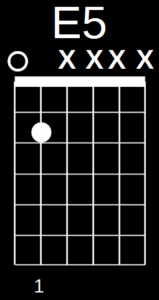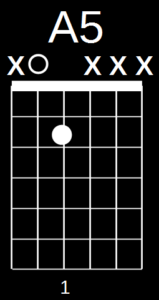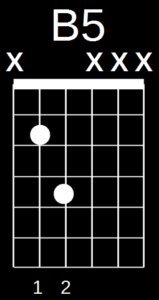Guide Tones and Power Chords
Guide Tones
Another alternative way of playing these chords, is to use something we call “guide-tones”, which is a chord type where we only play 2 notes in each chord. These notes should be near the notes in the next chord, so that there is almost no harmonic movement when changing the chords. In this example we will use some of the most important tones in these chords; the tones that gives the music a certain color or sound, the 3. note and the 7. note.
Here are the guide-tone chord charts:
Power Chords
After playing these chords, you will see that all the 3. and 7. notes in the chords are close to each other, and you can play them only by moving 1 fret at a time.
This is a nice way of getting more understanding about the guitar as a harmonic instrument, and also understanding the harmony that the blues is built on.
At the same time; This method is actually very simple to play, but a bit more complex to understand when it comes to the theory behind it.
If you want to learn more about the theory behind it, ask your teacher or someone that can help you.
Another alternative, can be to use “power-chords”. Which also only consists of 2 notes in each chord. The 1. and the 5. tone in the chord. These are normally written E5, A5, B5..etc.
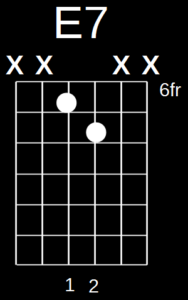
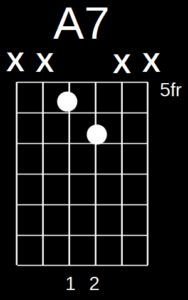
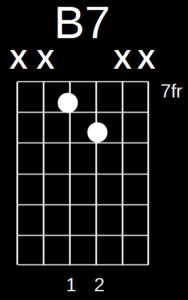
12-bar blues in E, with power chords.

Here are the power chord charts:
